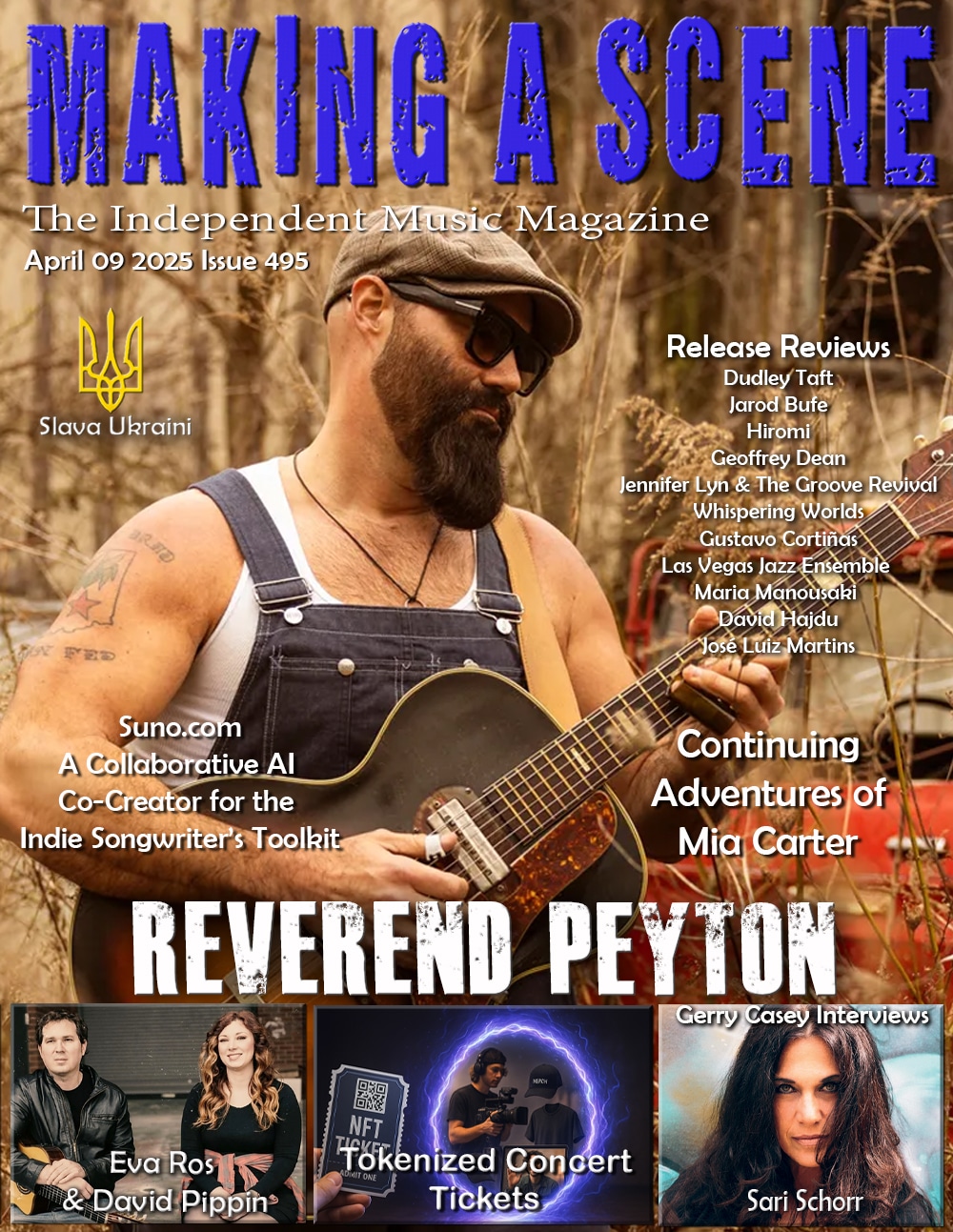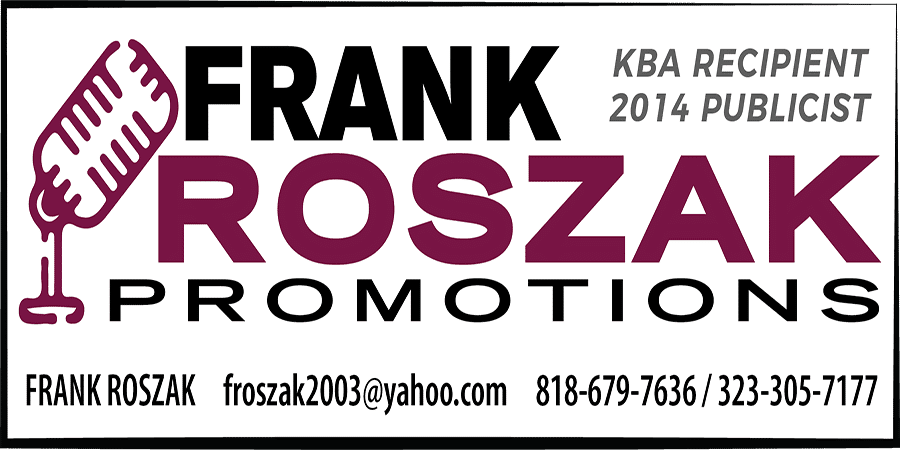John Hébert Sounds of Love
Sounds of Love
Sunnyside
Bassist John Hébert who keeps progressive company with the likes of Fred Hersch, Mary Halvorson, Uri Caine and bands led by Andrew Hill and Paul Bley earlier in his career, has long been fascinated with the music of Charles Mingus to the extent that he has modeled Sounds of Love on Mingus’ 1975 Atlantic landmark Changes One. In the spirit of Mingus who led a quintet of loyal players such as pianist Don Pullen, drummer Dannie Richmond, and earlier in his career, Eric Dolphy; Hébert takes his cues accordingly. It not surprising that he taps pianist Fred Hersch given their collaborative history, but he brings together saxophonist Tim Berne who rarely takes sideman gigs, emerging trumpeter Taylor Ho Bynum, and his rhythm partner from the Mary Halvorson group, the ever-versatile Ches Smith.
This quintet had never played together as a unit before the first rehearsal. The program, a live recording form Jazz in Bess in Lugano, Switzerland in 2013, is a mix of Mingus compositions from Changes One and the leader’s compositions which bear a similar resemblance, given his inspiration. Both the compositions and his arrangements of the Mingus pieces are loose, designed for plenty of improvisation to which these players follow suit enthusiastically.
They begin with the leader’s “Constrictor,” as Ho Bynum’s agitated trumpet and Hersch’s angular piano lead into the ominous waltz, that builds in intensity with Berne’s aggressive solo. Smith’s animated drum solo leads into Hébert’s “Blank Faced Man,” which sounds like a film score for a dramatic mystery in which the players interact both subtly and vigorously creating a riveting aura of curiosity as it unfolds. Hébert introduces the title track, Mingus’ “Sound of Love” with an expressive bass solo, and the quintet follows with restraint, allowing the melody to breathe before Hersh, Ho Bynum, and Berne deliver brief, but emotive improvisations around the theme.
“Love What” was derived from Mingus’ “What Love?” and it too meanders in several directions, with the ensemble ebbing and flowing until they land on a rather odd groove that underpins a series of energetic clusters from Berne while Hersch comps and Smith keeps it all flowing. As you know, much of Mingus’s writing is centered on blues. This structure for “Remember Rockefeller at Attica,” introduced by an African-colored drum solo from Smith, leads to the spirited interlocked horns, paving the way for a soulful, spirited Berne declaration followed by his front line mate, Ho Bynum, who reaches even higher. It’s as if the unit is engaged, appropriately so, in a highly vehement vocal protest. Hébert’s bass line on the closing “Frivolocity” is based on “Sue’s Changes” with the horns darting and dancing to the pounding rhythms established by Hersch, the leader, and Smith.
To Hébert’s credit, these musicians bring the same kind of stirring sensibility as those we recall from some of Mingus’s best bands. Go ahead and play Changes One and you’ll find little resemblance in style when comparing Berne to George Adams, Ho Bynum to Jack Walrath, Hersch to Don Pullen, or Smith to Dannie Richmond. The leader, purposely so, is channeling Mingus-like bass lines but the unit is taking those cues and improvising loosely, in their own ways. Mingus would be proud.
{Related Note} If you’re a Mingus devotee, you may also want to check out the more mainstream leaning Posi-Tone Mingus tribute, also issued this month entitled Blue Moods, Myth & Wisdom, likely inspired by another bassist, Mingus Dynasty band leader Boris Kozlov. He is joined by the rhythm section of pianists Art Hirahara and David Kikoski (three tracks), saxophonist Diego Rivera, and drummer Joe Strasser for a set of ten Mingus compositions, including “The Sound of Love.”
- Jim Hynes
Buy Us a Cup of Coffee!
Join the movement in supporting Making a Scene, the premier independent resource for both emerging musicians and the dedicated fans who champion them.
We showcase this vibrant community that celebrates the raw talent and creative spirit driving the music industry forward. From insightful articles and in-depth interviews to exclusive content and insider tips, Making a Scene empowers artists to thrive and fans to discover their next favorite sound.
Together, let’s amplify the voices of independent musicians and forge unforgettable connections through the power of music
Make a one-time donation
Make a monthly donation
Make a yearly donation
Buy us a cup of Coffee!
Or enter a custom amount
Your contribution is appreciated.
Your contribution is appreciated.
Your contribution is appreciated.
DonateDonate monthlyDonate yearlyYou can donate directly through Paypal!
Subscribe to Our Newsletter
Discover more from Making A Scene!
Subscribe to get the latest posts sent to your email.















































